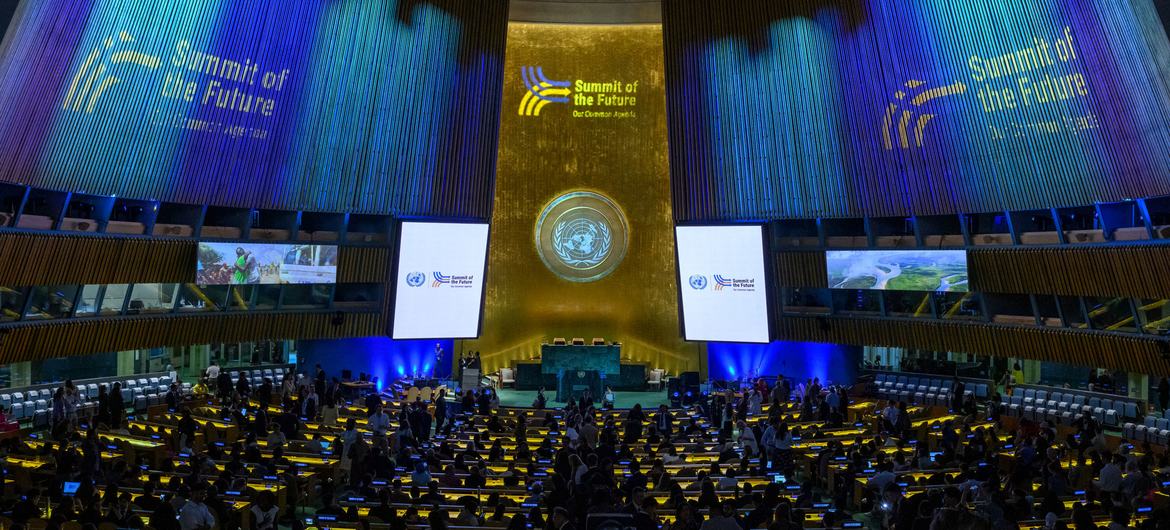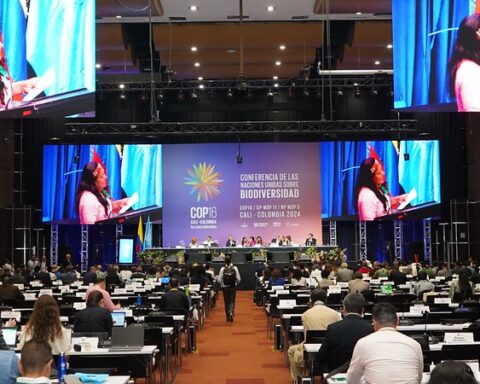In September 2024, over 130 world leaders convened in New York for what the United Nations has dubbed the most ambitious international agreement in years: the “Pact for the Future.”
The wide-ranging 56-point agreement touches on multiple global challenges, with climate change taking center stage. While the pact promises to deliver where past agreements have struggled, many are asking whether it will truly force the meaningful action needed to address the climate and biodiversity crises.
At the heart of the pact is a commitment to limit global warming to 1.5°C above pre-industrial levels, in line with the Paris Agreement. Leaders also agreed to transition away from fossil fuels and achieve net-zero emissions by 2050. But the question remains: will this pact bring about concrete action where other international agreements have fallen short?
A Comprehensive Roadmap for Change
The Pact for the Future is the culmination of a multi-year process aimed at adapting international collaboration to address modern-day challenges.
According to the United Nations, it seeks to “turbo-charge” the implementation of the Sustainable Development Goals (SDGs) by rethinking how progress is measured. Instead of focusing solely on GDP, the pact aims to capture metrics related to human and planetary well-being.
A significant part of the climate-related goals in the pact centers on sustainable energy transitions. It calls for scaling up adaptation financing and investing in renewable energy to triple capacity by 2050. Leaders also committed to promoting “disaster risk-informed approaches to sustainable development,” ensuring that countries most vulnerable to climate impacts are adequately supported.
Importantly, the pact includes provisions for follow-up actions, with a comprehensive review scheduled for the 83rd session of the UN General Assembly in 2028.
By then, the world will assess whether the agreement has moved the needle on critical climate issues.
Financing: A Key Pillar for Success
One of the most significant features of the pact is its push for reforming international financial structures. The agreement calls for stronger representation of developing nations in global economic decision-making and outlines a roadmap for mobilizing greater financing from multilateral development banks. This could accelerate development in countries that have historically been left behind in climate funding, offering hope for a more equitable global economic system.
World Climate Foundation CEO Jens Nielsen, who attended the Summit of the Future, expressed optimism about the pact’s potential.
“While there are still significant hurdles to overcome many rooted in the need to establish trust between the developed and developing worlds the Pact reaffirms key pillars of our mission to reach net zero by 2050,” he said.
Nielsen believes that the pact has the potential to stay true to the agreements reached at COP28 in Dubai, particularly in terms of transitioning away from fossil fuels and scaling up renewable energy.
Beyond Climate: Biodiversity and Sustainable Consumption
In addition to its climate commitments, the pact includes robust measures aimed at reversing biodiversity loss and protecting ecosystems. Leaders have agreed to accelerate efforts to promote sustainable consumption and production patterns, with a legally binding agreement on plastic pollution in sight.
Africa, particularly Nigeria and other biodiversity-rich regions, stands to benefit from this focus. Many countries on the continent have suffered severe environmental degradation from deforestation, poor waste management, and industrial activities like oil extraction, particularly in the Niger Delta.
The Pact for the Future also lays the groundwork for addressing global disparities in science, technology, and innovation. Leaders committed to increasing funding for SDG-related research and supporting developing countries in building climate resilience.
This could prove vital for African nations looking to develop their scientific and technological capacities to address local climate challenges.
In tandem with the Pact, two historic agreements were adopted: the Declaration on Future Generations and the Global Digital Compact.
The Declaration outlines steps to consider future generations in decision-making, including appointing a possible envoy for future generations. Meanwhile, the Global Digital Compact focuses on digital cooperation, with a roadmap for AI governance subject to review in 2027.
A Call to Action
While the Pact for the Future has been hailed as a milestone in global cooperation, the real test lies in its implementation. With a review set for 2028, the international community has a crucial window to ensure that the commitments made translate into tangible results.
For Nigeria and other African nations, the pact represents both an opportunity and a challenge. If effectively implemented, it could signal a turning point in addressing the continent’s most pressing environmental issues, from biodiversity loss to climate resilience.
The world will be watching and so will future generations.
By Dare Akogun








